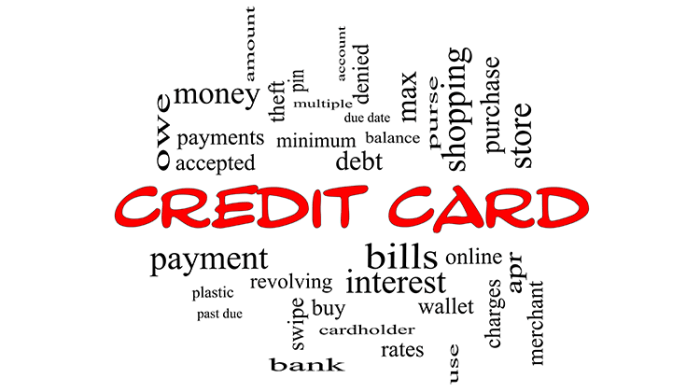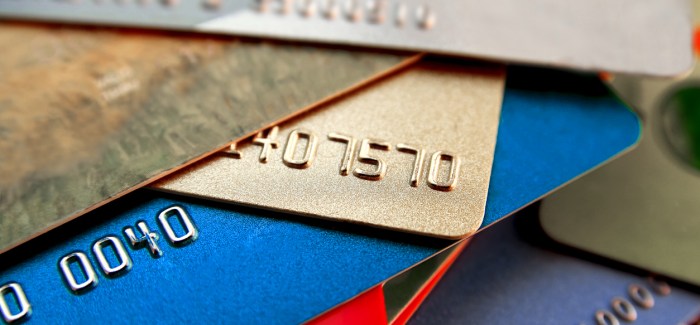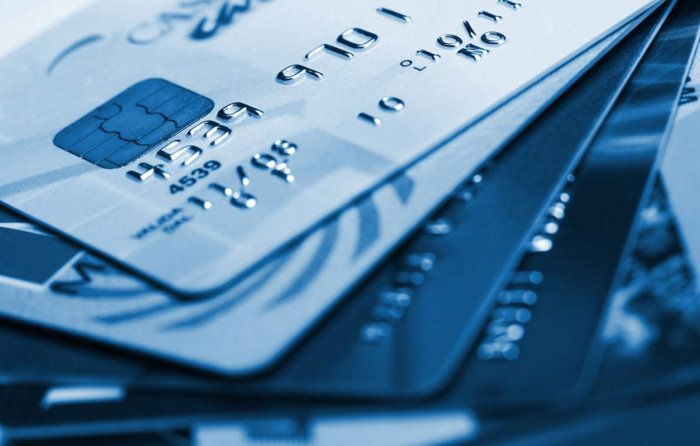How to Build Good Credit With a Secured Credit Card
How to build good credit with a secured credit card is a journey many embark on, transforming financial uncertainty into stability. This process involves understanding the mechanics of secured cards, responsible usage, and consistent monitoring of your credit progress. Mastering these elements allows you to build a positive credit history, ultimately paving the way for better financial opportunities.
This guide provides a comprehensive approach, from selecting the right secured credit card and budgeting effectively to understanding credit reports and transitioning to unsecured cards. We’ll cover strategies for avoiding common pitfalls and building a strong credit foundation beyond the secured card stage. By following these steps, you can confidently navigate the credit-building process and achieve your financial goals.
Graduating to an Unsecured Card
Successfully managing a secured credit card demonstrates responsible credit behavior, paving the way for obtaining an unsecured credit card. This transition signifies a significant step towards building a strong credit profile and accessing a wider range of financial products. The process involves applying for an unsecured card and understanding the factors influencing approval.Applying for an unsecured credit card after building credit with a secured card is relatively straightforward.
You’ll need to fill out an application, providing information such as your income, employment history, and existing credit accounts. Crucially, your positive payment history on your secured card will significantly strengthen your application. Lenders will review your credit report, paying close attention to your credit utilization ratio (the percentage of your available credit you’re using), payment history, and length of credit history.
A high credit score, resulting from responsible credit management with your secured card, greatly improves your chances of approval.
Unsecured Credit Card Types and Their Characteristics
Several types of unsecured credit cards cater to various needs and credit profiles. Understanding their differences is crucial for selecting the most suitable option.
- Cashback Cards: These cards offer a percentage of your spending back as cash rewards. The cashback rate can vary depending on the card and the type of purchase. For example, some cards offer a higher percentage back on groceries or gas purchases.
- Travel Rewards Cards: These cards reward spending with points or miles that can be redeemed for travel expenses like flights and hotels. The rewards program’s specifics vary, with some offering more flexibility than others. A popular example might be a card that offers one point per dollar spent on all purchases, with bonus points for travel-related spending.
- Balance Transfer Cards: Designed to help consolidate high-interest debt, these cards offer a promotional 0% APR period for a limited time. This allows you to pay down existing debt without incurring additional interest charges during the promotional period. However, it is essential to pay off the balance before the promotional period ends to avoid high interest charges.
- Student Credit Cards: Specifically tailored for students, these cards often come with lower credit limits and may have educational benefits, such as credit score monitoring or financial literacy resources. They can be a valuable tool for building credit history while in school.
Factors Influencing Unsecured Credit Card Approval
Lenders use a variety of factors to assess creditworthiness when considering applications for unsecured credit cards. A strong application significantly increases the likelihood of approval.
- Credit Score: This is a crucial factor. A higher credit score, demonstrating a history of responsible credit management, significantly improves approval chances. A score above 700 is generally considered excellent.
- Credit History Length: The longer your credit history, the better. A longer history demonstrates consistent responsible credit behavior over time. Maintaining your secured card for at least a year is beneficial.
- Credit Utilization Ratio: Keeping this ratio low (ideally below 30%) shows responsible credit management. This indicates you’re not overextending your credit. For example, if your credit limit is $1000, keeping your balance below $300 is advisable.
- Income and Employment History: Lenders assess your ability to repay the debt. Stable employment and sufficient income are crucial. Providing proof of income, such as pay stubs, is often required.
- Existing Debt: High levels of existing debt can negatively impact approval. Managing debt effectively demonstrates financial responsibility.
Avoiding Credit Card Pitfalls
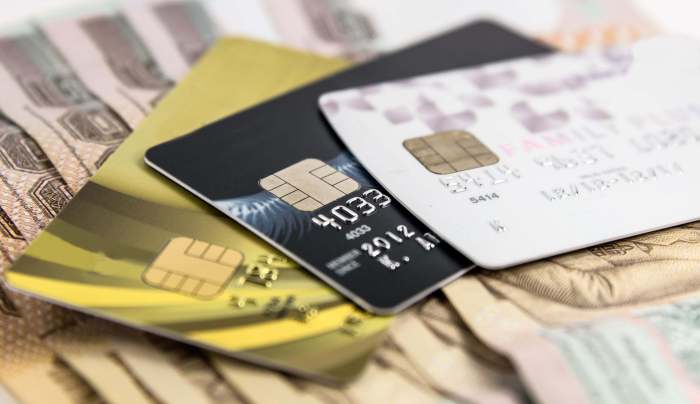
Building good credit with a secured credit card is a significant step towards financial health, but it’s crucial to understand and avoid common mistakes that can hinder progress. Neglecting responsible credit card usage can negate the benefits of building credit and even lead to financial difficulties. This section will Artikel key pitfalls to avoid.
Many individuals fall into traps that negatively impact their credit scores. These mistakes often stem from a lack of understanding about how credit works and the importance of responsible credit management. By being aware of these common pitfalls, you can significantly improve your chances of successfully building a positive credit history.
High Credit Utilization
High credit utilization, which refers to the percentage of your available credit that you’re using, is a major factor influencing your credit score. Credit scoring models generally view high utilization (above 30%) negatively, suggesting a higher risk of default. Maintaining a low credit utilization ratio, ideally below 30%, demonstrates responsible credit management and contributes positively to your credit score.
For example, if you have a $1,000 credit limit, keeping your balance below $300 is recommended.
Late Payments
Late or missed payments are detrimental to your credit score. Even a single late payment can significantly impact your score and remain on your credit report for several years. Setting up automatic payments or reminders can help prevent late payments. The severity of the impact of a late payment depends on the card issuer and the length of the delay.
Multiple Credit Applications
Applying for multiple credit cards within a short period can negatively impact your credit score. Each application results in a hard inquiry on your credit report, which can temporarily lower your score. It signals to lenders that you may be seeking excessive credit, increasing the perceived risk. It is generally recommended to limit credit card applications to one or two per year, unless there is a compelling reason.
Ignoring Fees and Interest
High interest rates and annual fees can significantly increase the cost of using a credit card. Carefully review the terms and conditions of any credit card before applying. Understand the interest rate (APR), annual fees, late payment fees, and other potential charges. Choosing a card with a low APR and minimal fees is crucial for managing credit effectively.
Credit Card Interest Rates and Fees Comparison
The following table provides a simplified comparison of potential interest rates and fees. Note that these are examples and actual rates and fees vary significantly among issuers and card types.
| Card Type | APR (Annual Percentage Rate) | Annual Fee | Late Payment Fee |
|---|---|---|---|
| Secured Credit Card | 18-25% | $0 – $50 | $25 – $35 |
| Student Credit Card | 15-22% | $0 – $30 | $20 – $30 |
| Unsecured Credit Card (Good Credit) | 12-18% | $0 – $100 | $25 – $40 |
| Unsecured Credit Card (Excellent Credit) | 10-15% | $0 – $0 | $25 – $35 |
Resources for Credit Counseling and Financial Literacy
Several resources are available to help consumers improve their financial literacy and manage their credit effectively.
- National Foundation for Credit Counseling (NFCC): Provides credit counseling and debt management services.
- Consumer Financial Protection Bureau (CFPB): Offers educational resources and tools for consumers on various financial topics, including credit management.
- MyFICO: Provides information and resources on credit scores and credit reports.
- Local Credit Unions and Banks: Many offer free or low-cost financial literacy workshops and counseling.
Building a Strong Credit History Beyond Secured Cards
Graduating from a secured credit card is a significant step, but building a robust credit history requires ongoing effort. While your secured card serves as a foundation, diversifying your credit profile and demonstrating responsible credit management will further enhance your credit score. This involves exploring alternative methods for credit building and consistently practicing sound financial habits.Successfully managing a secured card is only the first step in establishing excellent credit.
Your credit score is a numerical representation of your creditworthiness, and several factors contribute to its calculation. Understanding and implementing strategies to positively influence these factors is crucial for achieving a high credit score.
Becoming an Authorized User
Adding someone as an authorized user to their credit card account can be a beneficial strategy for building credit, particularly for individuals with limited credit history. This method leverages the established credit history of the primary account holder. If the primary account holder has a long history of responsible credit use, this positive history can be reflected in the authorized user’s credit report, potentially boosting their credit score.
However, it’s crucial to select a primary account holder with a strong credit history to ensure a positive impact. Conversely, being added to an account with poor credit history can negatively affect your credit score. The impact of becoming an authorized user is typically seen within a few months of being added to the account.
Impact of Credit Utilization Ratios on Credit Scores, How to build good credit with a secured credit card
Credit utilization ratio, the percentage of available credit used, significantly impacts credit scores. Keeping this ratio low is crucial. A ratio below 30% is generally considered favorable, while ratios exceeding 70% are often viewed negatively by lenders. For example, if you have a credit card with a $1,000 limit, using less than $300 would maintain a healthy utilization ratio.
Consistently high utilization ratios suggest potential overreliance on credit and increased risk of default, thus negatively affecting your credit score. Conversely, consistently low utilization ratios demonstrate responsible credit management and financial discipline, contributing to a higher credit score.
Credit Behaviors and Their Effects on Credit Scores
Consistent, on-time payments are the single most important factor in determining your credit score. Paying even a day late can negatively impact your score. Conversely, a history of consistent on-time payments significantly contributes to a strong credit score. Similarly, maintaining a low credit utilization ratio, as discussed previously, also positively impacts your credit score. For instance, an individual who consistently pays their credit card bills in full and on time, and maintains a credit utilization ratio below 30%, will generally have a much higher credit score than someone who frequently pays late and maintains a high credit utilization ratio.
These consistent positive behaviors demonstrate responsible credit management and reduce the perceived risk to lenders.
Visual Representation of Credit Building
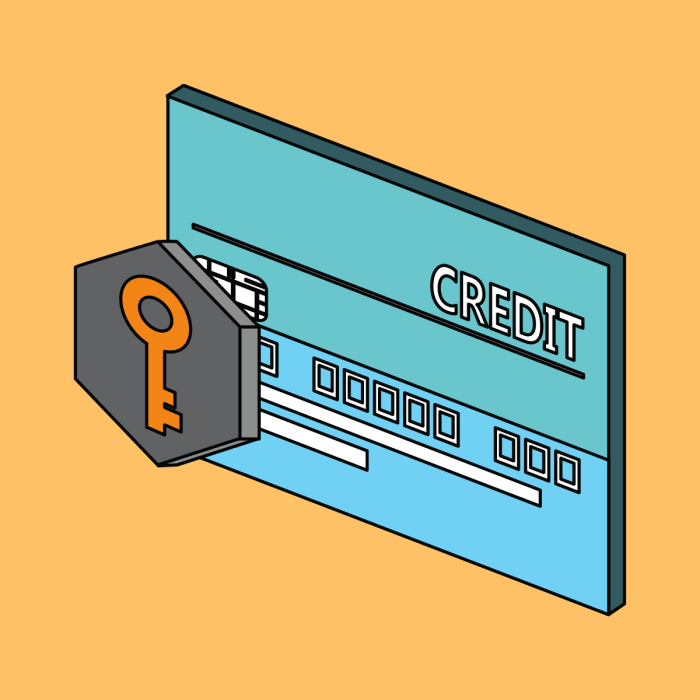
Imagine a steadily rising bar graph representing your credit score. The horizontal axis shows the passage of time, marked in months. The vertical axis displays your credit score, ranging from a low starting point to a progressively higher score. This visual aids in understanding the gradual improvement of your creditworthiness.The graph begins at the left, representing the time you obtain your secured credit card.
The initial bar is short, reflecting your low credit score or lack of credit history. As you responsibly use your secured credit card and make timely payments, the bars gradually increase in height. Each bar represents a monthly reporting cycle, showing the impact of your consistent positive actions.
Stages of Credit Building with a Secured Credit Card
The graph’s progression is divided into distinct stages. The first stage, depicted by several short bars, represents the initial period of building your credit history. Here, consistent on-time payments are crucial, as is keeping your credit utilization low (ideally below 30%). This stage might last for several months, depending on the credit reporting agencies’ updates. Challenges during this phase could include forgetting payment deadlines or occasionally exceeding the credit limit, which would be reflected as a slight dip in the bar’s height.The next stage shows a period of more rapid upward growth, representing the increased confidence lenders have in your responsible credit habits.
As your credit history lengthens and your payment history remains positive, the bars rise more quickly. A milestone here could be reaching a credit score that qualifies you for an unsecured credit card. Potential challenges in this stage may include unexpected expenses that temporarily increase credit utilization, but diligent management can mitigate this.The final stage displays a consistently high credit score, representing a strong and well-established credit history.
The bars remain consistently tall, indicating a reliable credit profile. This stage highlights the long-term benefits of responsible credit card use. Challenges at this point are less about building credit and more about maintaining good credit habits, such as avoiding high balances and consistently monitoring credit reports for accuracy. The graph ultimately demonstrates that building good credit is a process requiring consistent effort and responsible financial behavior.
Building good credit with a secured credit card is achievable with careful planning and responsible behavior. By understanding the intricacies of credit card usage, diligently monitoring your progress, and making informed decisions, you can establish a solid credit history. This foundation will unlock future financial opportunities, from securing loans to obtaining favorable interest rates. Remember, consistent effort and mindful spending are key to long-term financial success.
Quick FAQs: How To Build Good Credit With A Secured Credit Card
What is the difference between a secured and unsecured credit card?
A secured credit card requires a security deposit, which acts as your credit limit, while an unsecured card doesn’t. Secured cards are easier to obtain for those with limited or no credit history.
How long does it take to build credit with a secured card?
The timeframe varies, but consistently responsible use for 6-12 months usually shows significant improvement. Regular on-time payments and low credit utilization are crucial.
Can I get a secured credit card with bad credit?
Yes, secured cards are designed for individuals with limited or damaged credit. However, approval isn’t guaranteed and may depend on the issuer’s criteria.
What happens to my security deposit after closing a secured credit card?
Once you close the account and meet the issuer’s requirements (often maintaining a good payment history), your security deposit is typically refunded.
